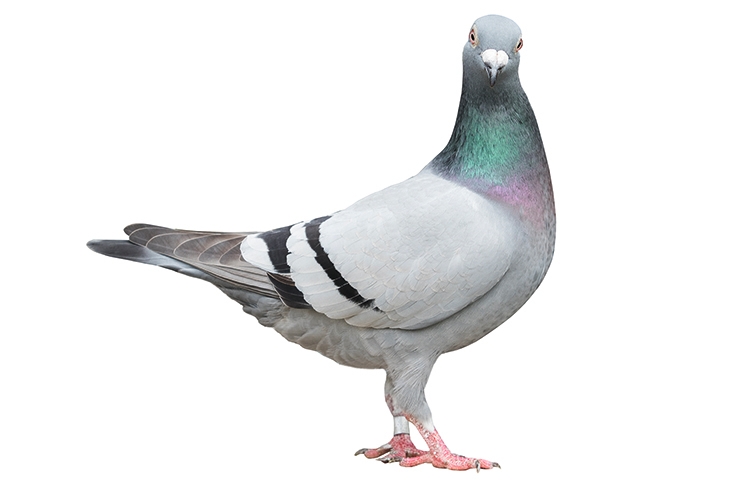Pigeon racing isn’t much of a spectator sport. Race birds are driven to the ‘liberation point’, where they’re released to fly back to their homes. Only the liberation and the return are witnessed — what happens in between is a mystery. This is partly what makes pigeon racing so fascinating. It’s also what can make it so stressful.
A week ago, between 5,000 and 10,000 pigeons went missing during a race from Peterborough. Usually fanciers aren’t too worried if a few birds don’t make it straight home from a race; they’ll rest up and return a few days later, no worse for wear. But this time the losses were exceptionally large. ‘I have never heard of anything like this,’ said Ian Evans, manager of the Royal Pigeon Racing Association. ‘It is a real mystery.’
Racing pigeons are closely related to feral pigeons — themselves urban relatives of columba livia, the rock dove — but have been selectively bred over thousands of years to have an unrivalled ability to find their way home.

Get Britain's best politics newsletters
Register to get The Spectator's insight and opinion straight to your inbox. You can then read two free articles each week.
Already a subscriber? Log in







Comments
Join the debate for just $5 for 3 months
Be part of the conversation with other Spectator readers by getting your first three months for $5.
UNLOCK ACCESS Just $5 for 3 monthsAlready a subscriber? Log in